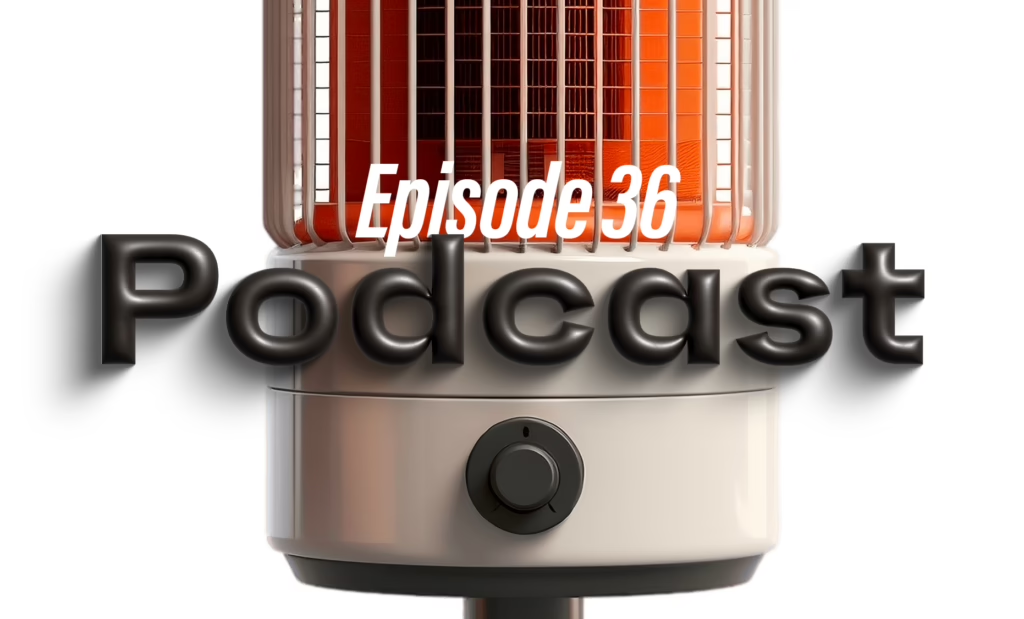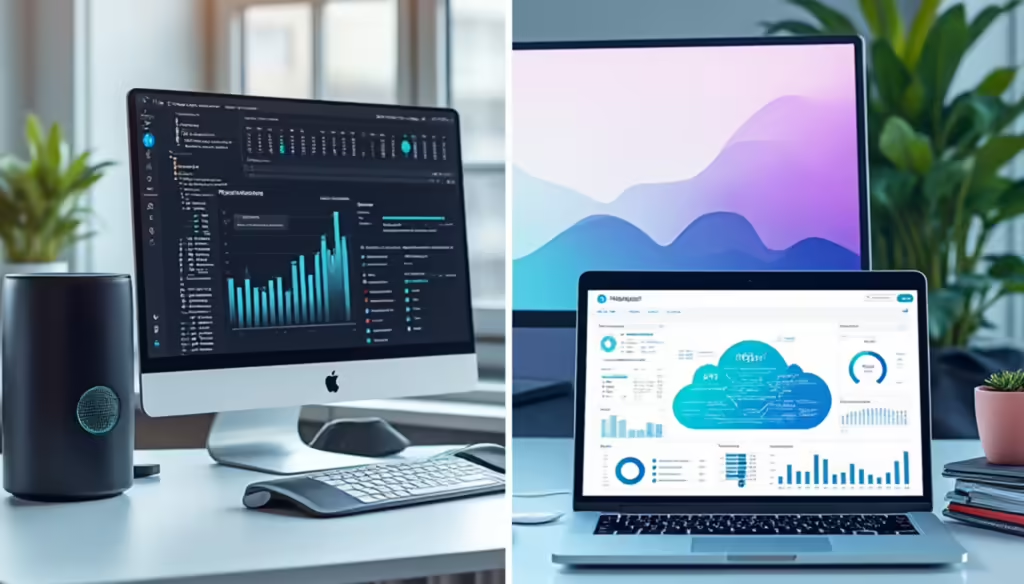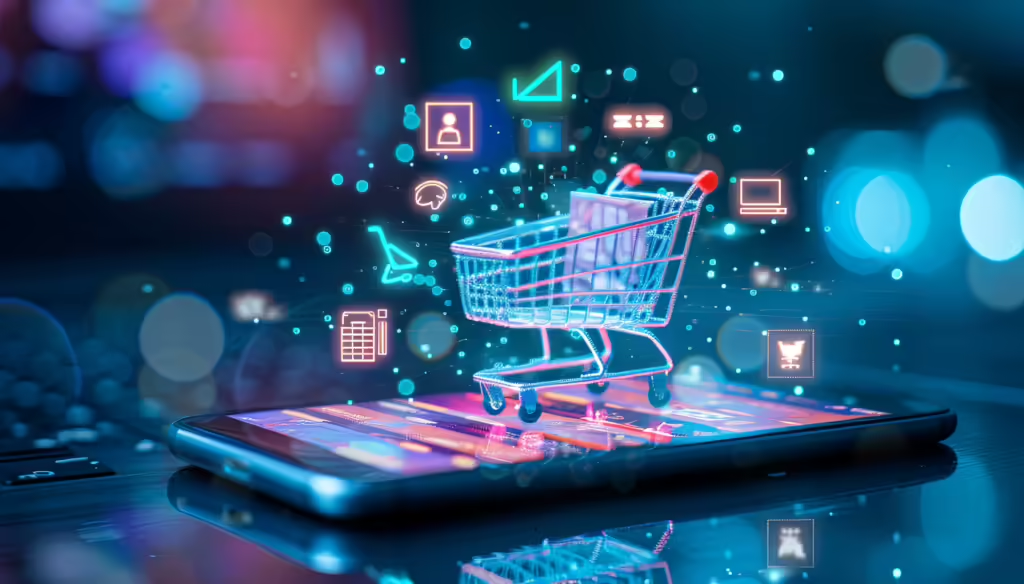With Laurier Mandin, Andreas Schwabe and Samuel Greene
We live in a crazy time when new technologies are constantly creating booming markets in spaces where absolutely nothing previously existed. Podcasting is one example, as the recent popularity explosion has taken owning a recording studio from a very narrow niche into a fairly common thing.
Podcasting is just complicated enough to create anxiety and resistance for those who might otherwise want to try sharing their voice. A new audio market segment of “podcast mixer-recorders” aims to address the complexity problem. Podcasting is complicated because usually more than one speaker is involved. Getting audio into a computer is easy. Getting broadcast quality from disparate sources, for people who all need to hear the same thing at the same time—some of whom may be in another part of the world—is not.
Graphos Product uses a RØDECaster Pro for in-studio podcast and audio recording. It’s the first entry and leader in that brand new podcast mixer-recorder segment. But when Andreas was in the market to buy a replacement recorder for his home studio, he chose a different device: the ZOOM L-8. That apparent contradiction opened up internal discussions about the differences between competing devices, including the aesthetic and psychology of design, and how complexity works for or against a product.
For Andreas, mobility, audio quality, and reliability were the top priorities. To him, a studio is inherently complex because of its diverse instantaneous requirements, and a visually simplified interface in reality means navigating through layers of controls via a touch-screen menu. On a more “complicated” board like the ZOOM L-8, almost everything is available instantaneously.
We decided to turn the podcast recorder design conversation into a podcast—and brought in ZOOM North America’s product specialist Samuel Greene. (Seeking balance, we also reached out to RØDE who has so far opted out.) The conversation ranges from the reasoning behind including or excluding certain kinds of software or hardware, always with the end-user in mind.
We talked to Samuel on Skype about the decisions that go into creating a device for a market segment that’s familiar, yet in many ways completely new. Along the way, we came across themes that will resonate with anyone involved in taking a new product to market, including developing features, balancing the demands of a vocal user base—and navigating a crisis situation.





